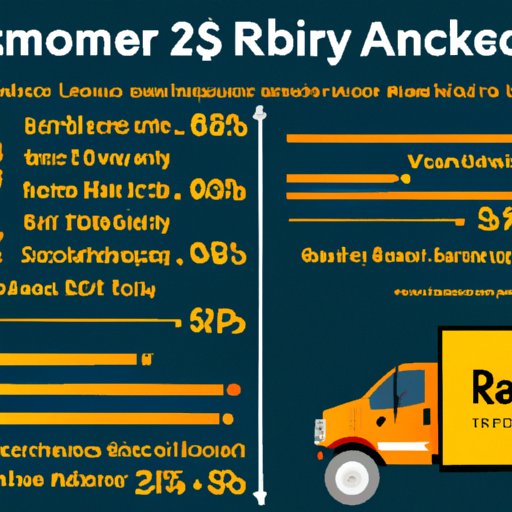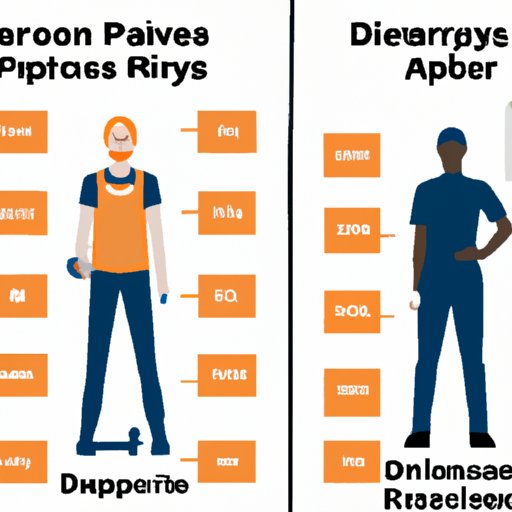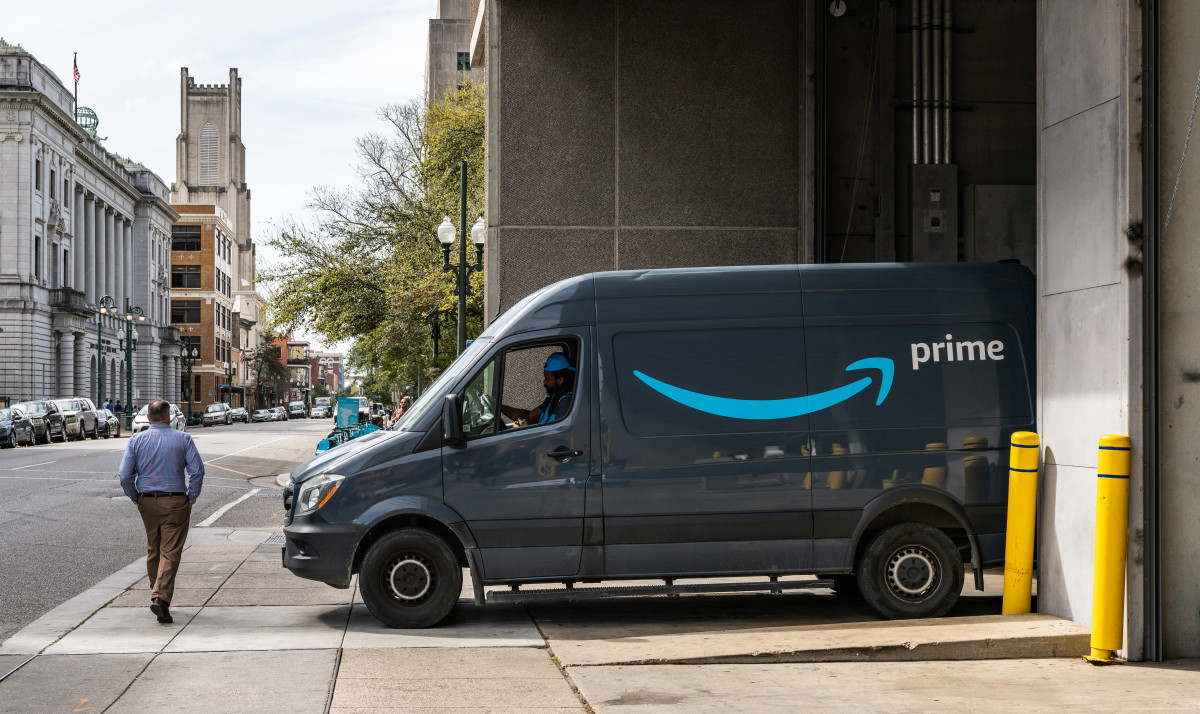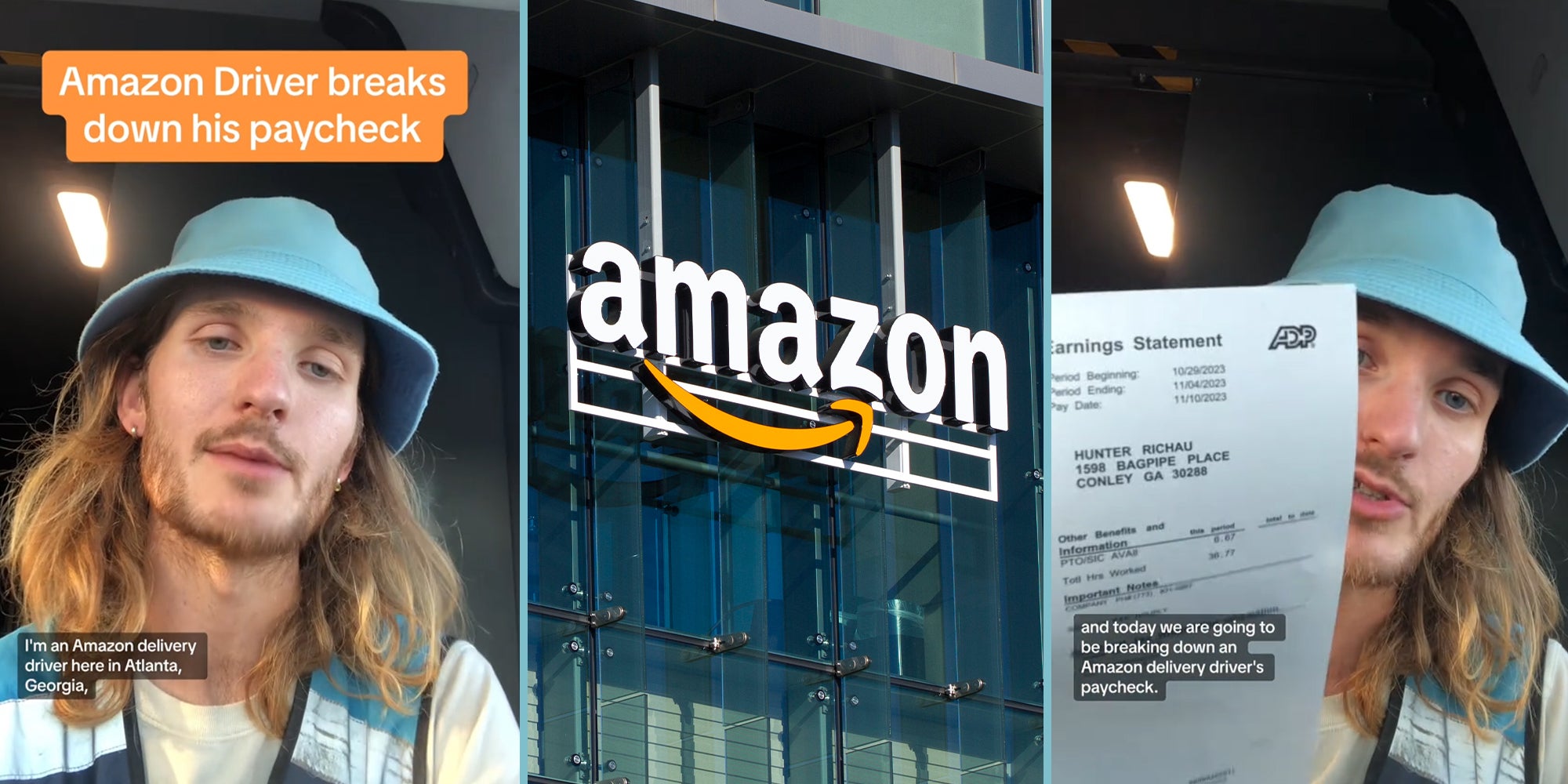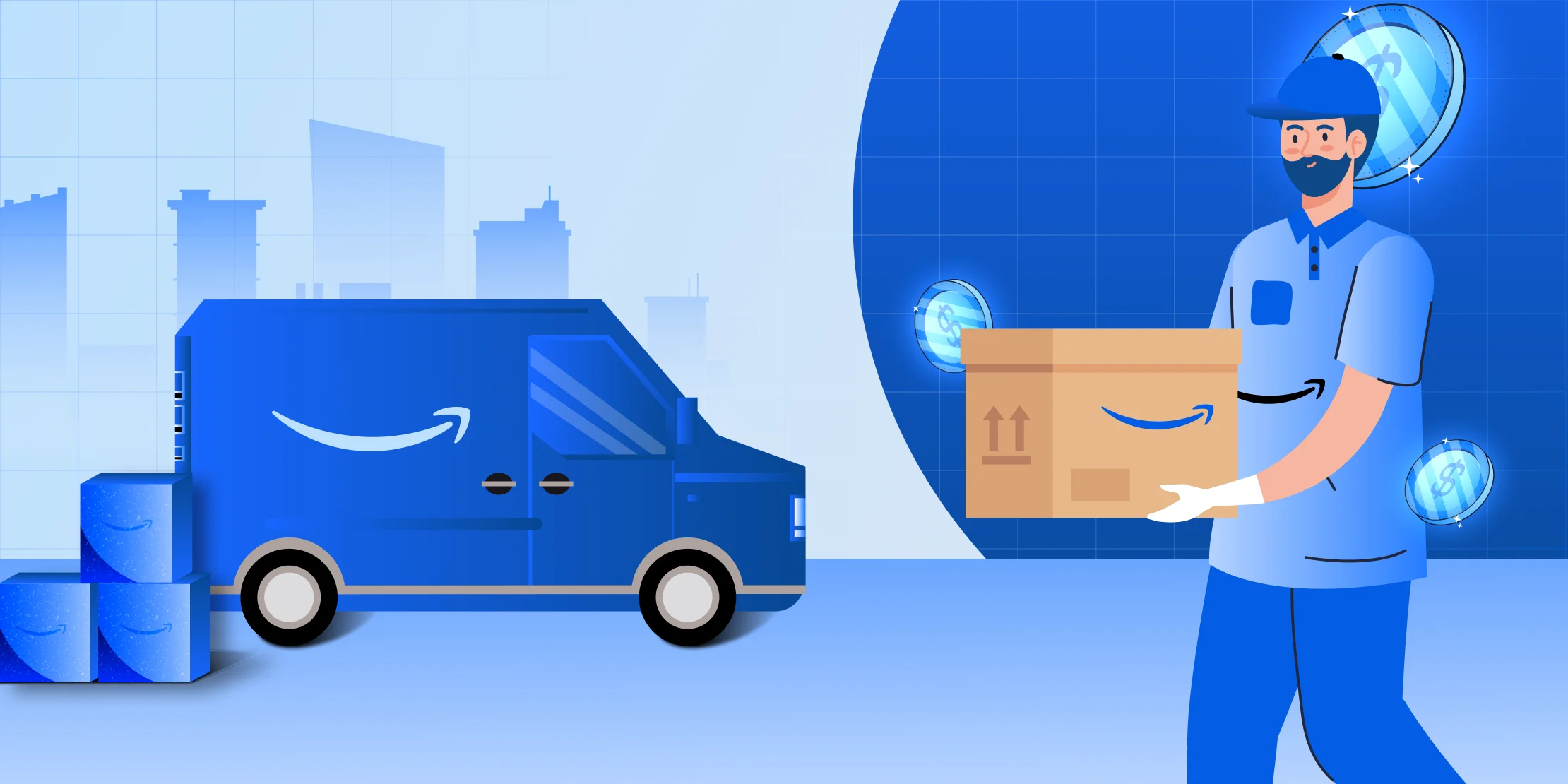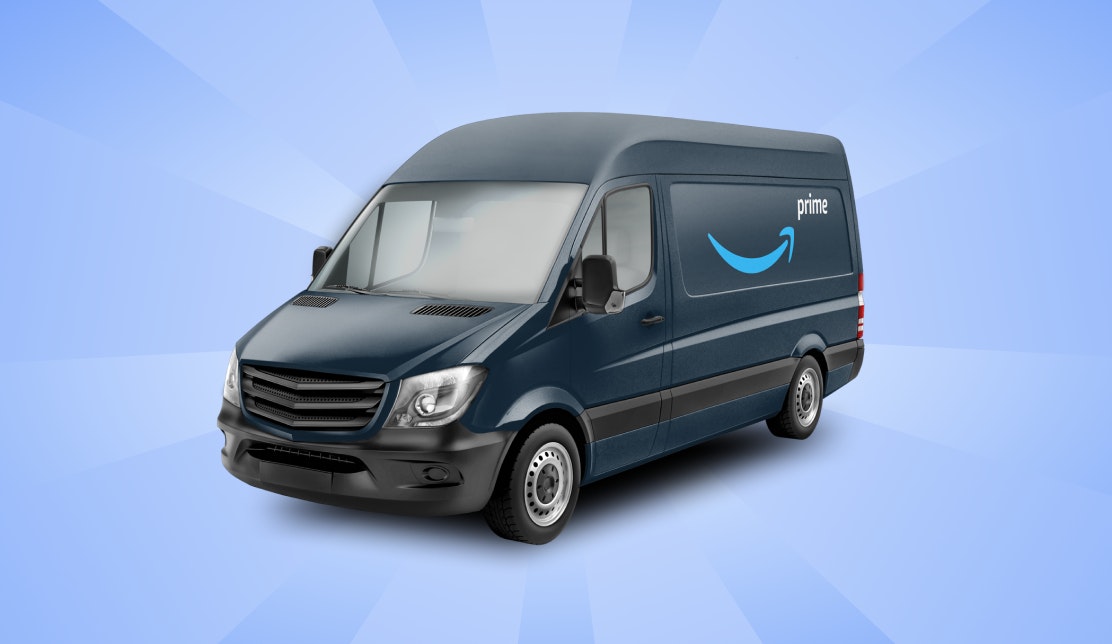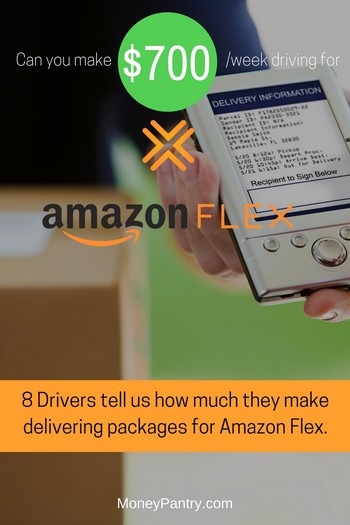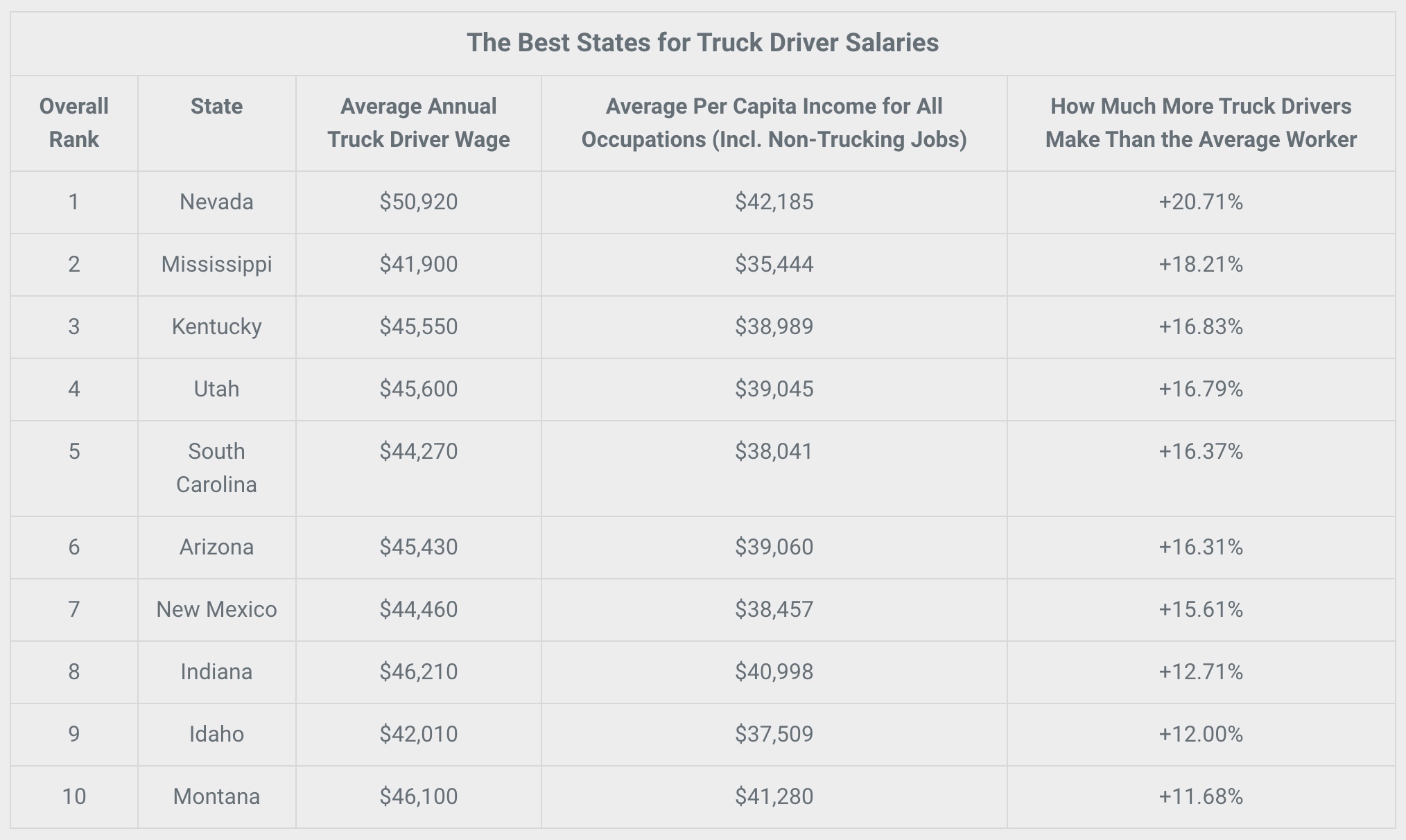How Much Amazon Pay For Delivery Drivers
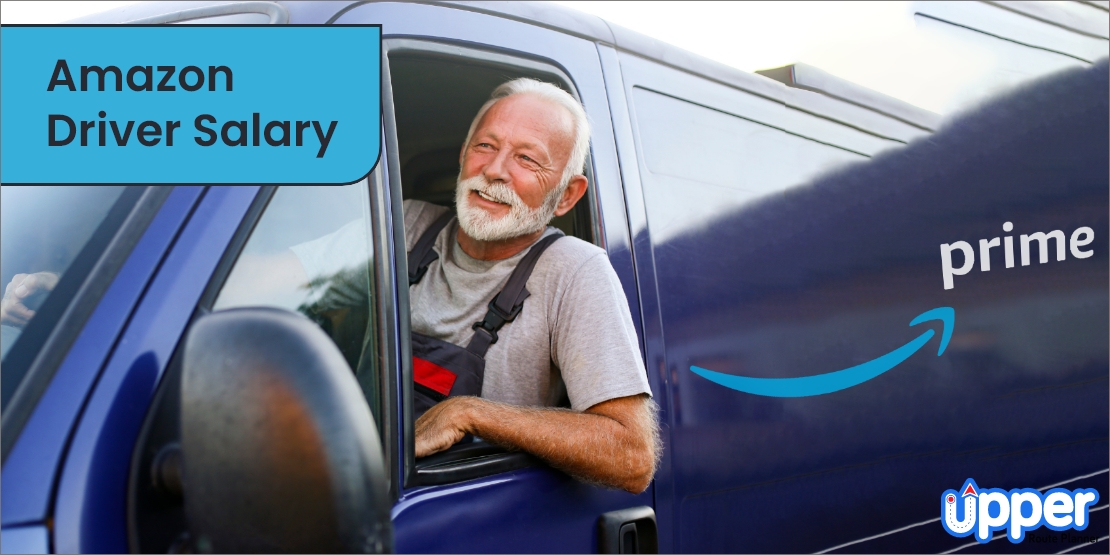
The relentless pace of e-commerce hinges on the tireless work of delivery drivers. At the forefront of this logistical army is Amazon, a company whose ubiquitous presence in online retail has made its delivery network a subject of intense scrutiny. The question on many minds is: how much are these drivers, the backbone of Amazon's last-mile operations, actually paid?
This article delves into the complex landscape of Amazon delivery driver compensation, examining the various models employed – from in-house employees to Delivery Service Partners (DSPs) and independent contractors – and the factors influencing their earnings. We'll explore available data from official statements, industry reports, and driver accounts, providing a balanced perspective on the financial realities of those behind the wheel, while also acknowledging different views from varied stakeholders.
The Amazon Delivery Ecosystem: A Multi-Tiered System
Amazon's delivery network is not monolithic. It encompasses several different employment structures, each impacting driver pay in distinct ways.
Direct Employees: The "Amazonians"
Some drivers are directly employed by Amazon as full-time or part-time employees. These drivers typically receive an hourly wage, benefits (including health insurance and paid time off), and opportunities for advancement within the company.
Data on their exact pay can be difficult to ascertain. Indeed.com estimates that Amazon delivery drivers in the United States earn an average of $18.55 per hour, however, this number might include the various delivery programs combined, not just direct employees, which may skew the results.
PayScale reports a similar average, but emphasizes that actual wages can vary widely depending on location, experience, and performance.
Delivery Service Partners (DSPs): The Franchise Model
The DSP program is a crucial part of Amazon's delivery strategy. This program empowers entrepreneurs to establish their own delivery companies and contract with Amazon to handle package delivery within a specific territory.
DSPs are responsible for hiring, training, and managing their own drivers. Their pay structure is more intricate, depending on their contract with Amazon and their ability to manage costs effectively.
Amazon claims to provide DSP owners the resources to offer competitive wages to their drivers. According to Amazon, DSPs' drivers can earn $17 to $25 per hour, depending on location and performance. However, the owner's overhead is also a factor here.
Independent Contractors: The "Flex" Factor
The Amazon Flex program allows individuals to use their own vehicles to deliver packages on a flexible, on-demand basis. Flex drivers are considered independent contractors, and their earnings are typically calculated based on the number of deliveries they complete, the time it takes, and the distance traveled.
Amazon advertises that Flex drivers can earn $18-$25 per hour before expenses. This earning figure can fluctuate widely based on factors such as the availability of delivery blocks, the efficiency of the driver, and the wear and tear on their vehicle.
Expenses, such as gas, vehicle maintenance, and insurance, are the responsibility of the driver and can significantly impact their take-home pay.
Factors Influencing Pay: Location, Demand, and More
Beyond the employment model, several other factors influence how much an Amazon delivery driver earns. Location is a primary driver of wage variation, as areas with higher cost of living typically command higher pay rates.
Demand also plays a crucial role. During peak seasons, such as the holiday period, drivers may have opportunities to work more hours and earn more through overtime or bonuses. On the other hand, they might be pressured and fatigued.
Finally, individual performance affects earnings. Drivers who are efficient, reliable, and maintain high customer satisfaction ratings may be rewarded with better delivery routes or opportunities for advancement.
Controversies and Challenges
Despite Amazon's efforts to project a positive image, concerns about driver pay and working conditions persist. Some drivers report struggling to make a living wage after accounting for expenses, especially those working as independent contractors.
Others have raised concerns about the demanding pace of deliveries, which can lead to safety issues and burnout. Several reports show how drivers sometimes skip bathroom breaks, which is an important consideration for workplace health and safety.
The classification of drivers as independent contractors has also been a point of contention, with some arguing that they should be classified as employees to receive better benefits and protections.
The Future of Amazon Delivery and Driver Compensation
As e-commerce continues to grow, Amazon's delivery network is likely to evolve, and with it, the compensation landscape for its drivers. The company has invested heavily in automation and alternative delivery methods, such as drones and robots, which could potentially reduce its reliance on human drivers in the long run.
However, human drivers will likely remain a critical part of the delivery process for the foreseeable future. Ensuring fair pay and decent working conditions for these drivers will be essential to maintaining a sustainable and ethical delivery network. Furthermore, keeping up with driver's need helps Amazon to maintain a competitive edge in the marketplace.
The ongoing debate about driver classification and the rise of alternative delivery methods will likely continue to shape the future of Amazon delivery and the financial well-being of the individuals who keep its packages moving.
